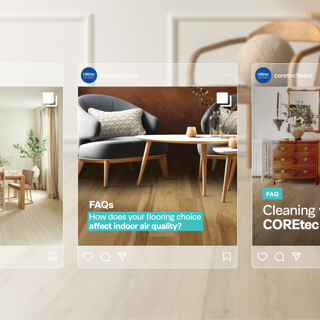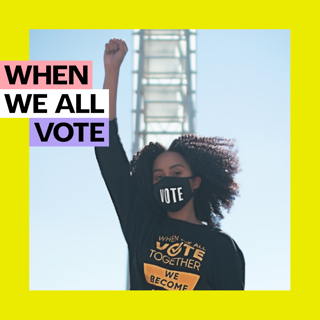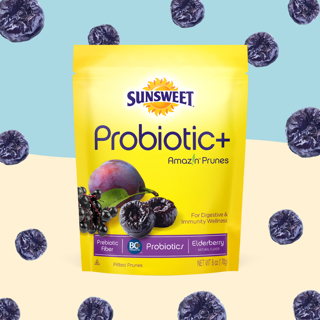US Storage Centers
Refreshing a storage leader’s brand identity

Refreshing a storage leader’s brand identity

Driving luxury into the web experience

Breaking the mold with website design and UX

Multi-channel strategy to win over audiences

Multiple brands, one unified media strategy

Self storage app for easy customer access

Turning email engagements into digital sales

Out with the old, in with what works now

Fueling civic action with a bold new platform

Drawing fresh eyes to a newly rebuilt site

How story-driven emails drove brand advocacy

How we got a mobility leader’s emails moving



